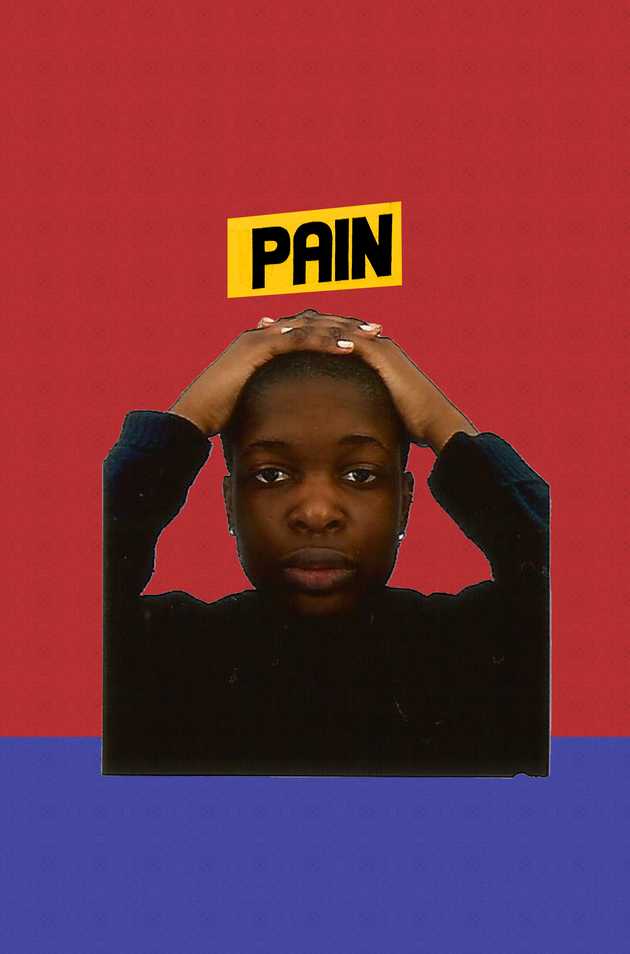An Interview with Prudence Flint
Interview by Nicole Araya
Some of your figures share a similar straight, expressionless gaze. How would you describe the mental state of these women?
I imagine these women focusing and thinking. Facial expressions can really dominate a painting. I prefer a more ambiguous reading so the painting itself has room to become the expression. I’m often not sure what it is I want the figure to be feeling. I need to surrender and find it within the painting. We are used to seeing people depicted smiling or scowling in advertisements where ambiguity isn’t going to sell anything.
What is the relationship between the two women in Bedsit?
I was worried about that too when I painted it. I wanted to set up an unlikely scenario that is at the same time familiar. The fact that it compelled me and worried me is often good impetus to complete a painting. I tried to think of it as an internal relationship… the person inside who listens and watches. But, also at this time, my ninety-six-year-old mother went into aged care. Her life was reduced to a room with a bed and I would go and sit with her. All these ideas come together to make the painting.
Do the body proportions of your figures hold a particular significance? Are you making a commentary on the female body with these proportions?
I am fascinated by the abundance and unruliness of bodies. Body dysmorphia is relative and in all of us. Our emotions work through distortion. I’m interested in this curious swing of feeling of abundance to stoic neatness.
You say in previous interviews that often your work is triggered from specific memories or places. Was that the case for either Bedsit or Doll? If not, where did the inspiration come for these pieces come from?
Both Bedsit and Doll come from a period when my elderly parents died. My brothers and I had to clean and sell the family home. I brought home my dolls that had been sitting in a cupboard for decades… dolls that had names and entities. Like Bedsit this painting is a kind of vigil.
In an interview with the University of Melbourne, you discuss a love of fashion magazines when you were younger. Do you think this has in any way influenced your works today?
Since I was very young I have been interested in images of women. I loved the clothes and the fabrics and the atmospheres that were created, the sense of life and imagination… a female world celebrated. Fashion magazines are meant to reflect our desire and imagination. But it is a world that just feels so engendered to me now. Painting feels like making peace with my reality.
You have often painted women in somewhat similar sitting or lying positions in a room or domestic setting. Are the women in your paintings modelled after people in real life?
Yes, I will have an idea of a pose or a situation and I will ask my friends to model for me. They often bring a world and a feeling which will inform the painting.
Many of your pieces take place in a world of similar pastel colors, flat surfaces, and distorted perspectives. Would you say your work is inspired by Surrealism?
I’m interested in psychology and literature. I am especially interested in art brut and naïve art and early renaissance painting.
What advice do you have for other artists who struggle with self-doubt?
I don’t think you can escape the self-criticism. You’ve got to learn to manage it and use it constructively. The critical voice is necessary for the growth of the work. You need the critical voice to stay on track, to problem solve and to make change happen. You need to get to know what your deep interests are and then work from there.




